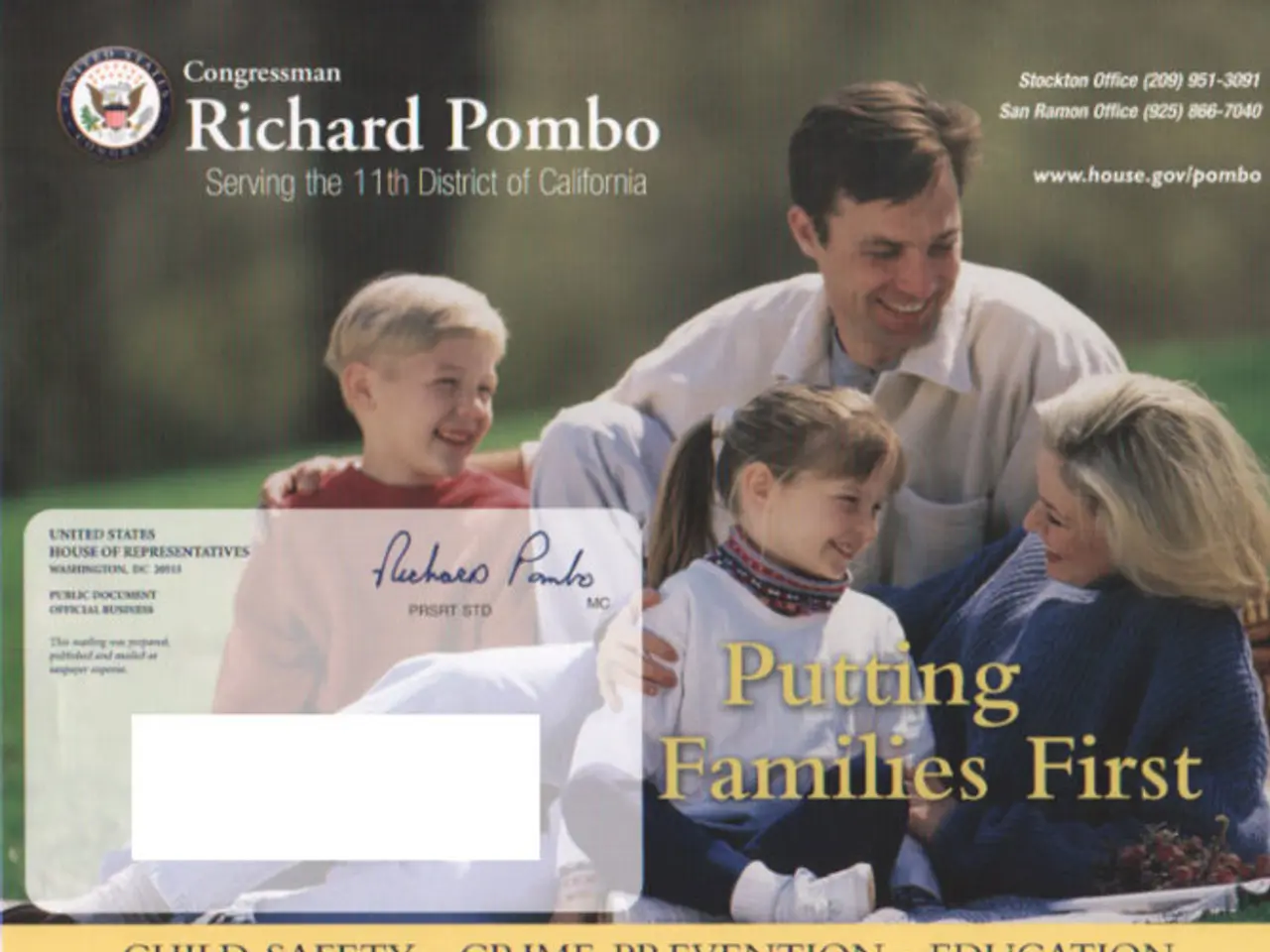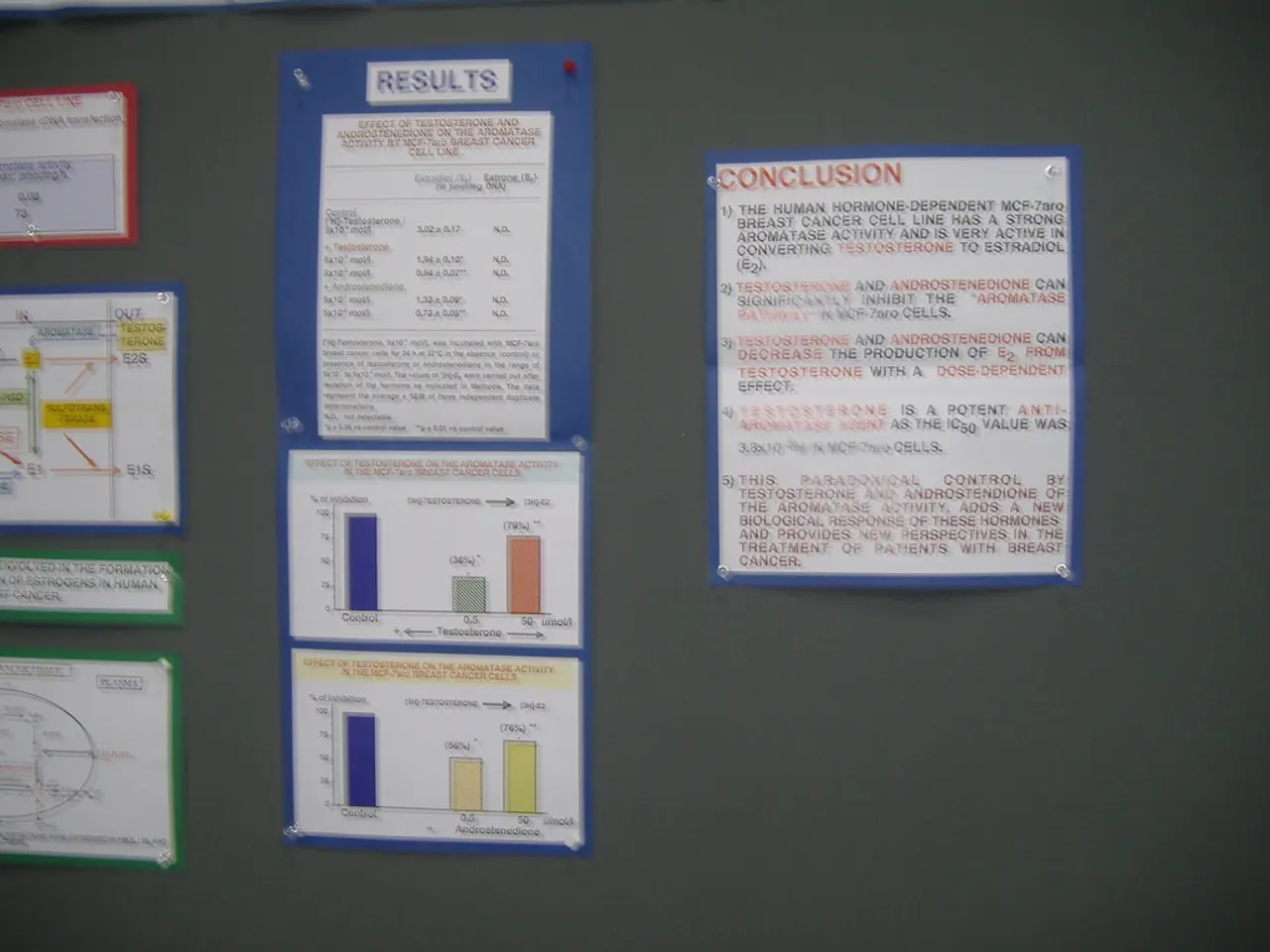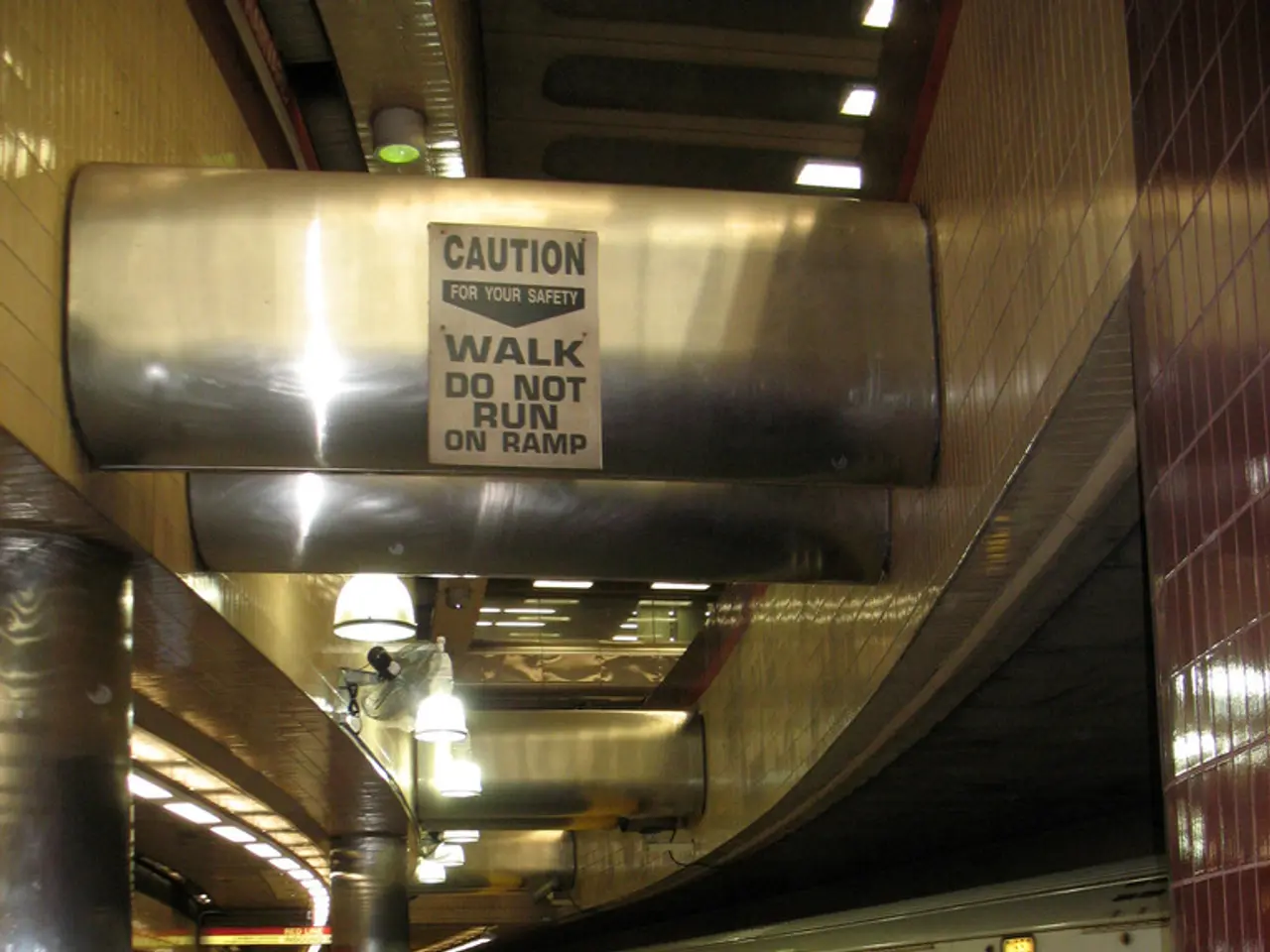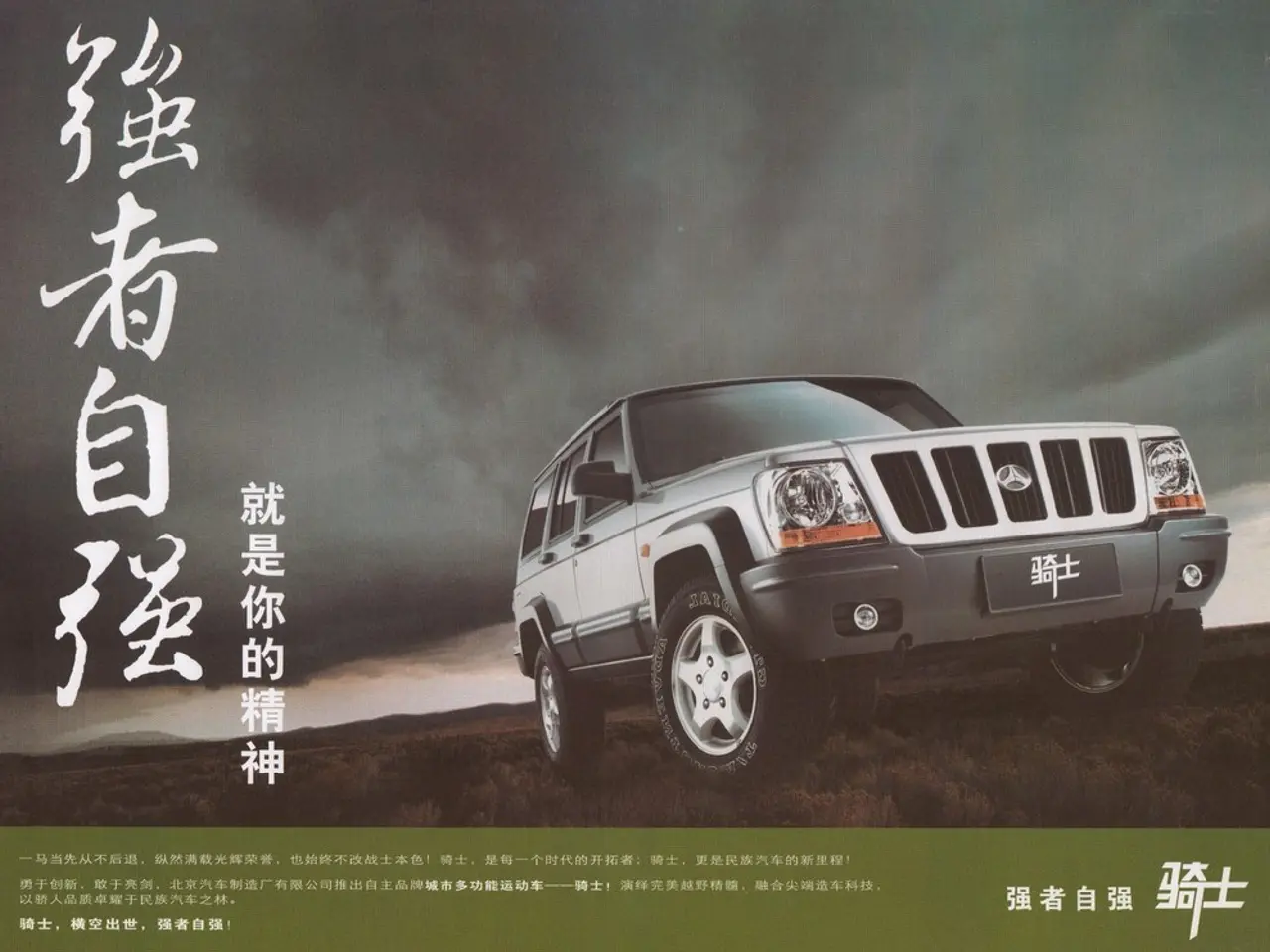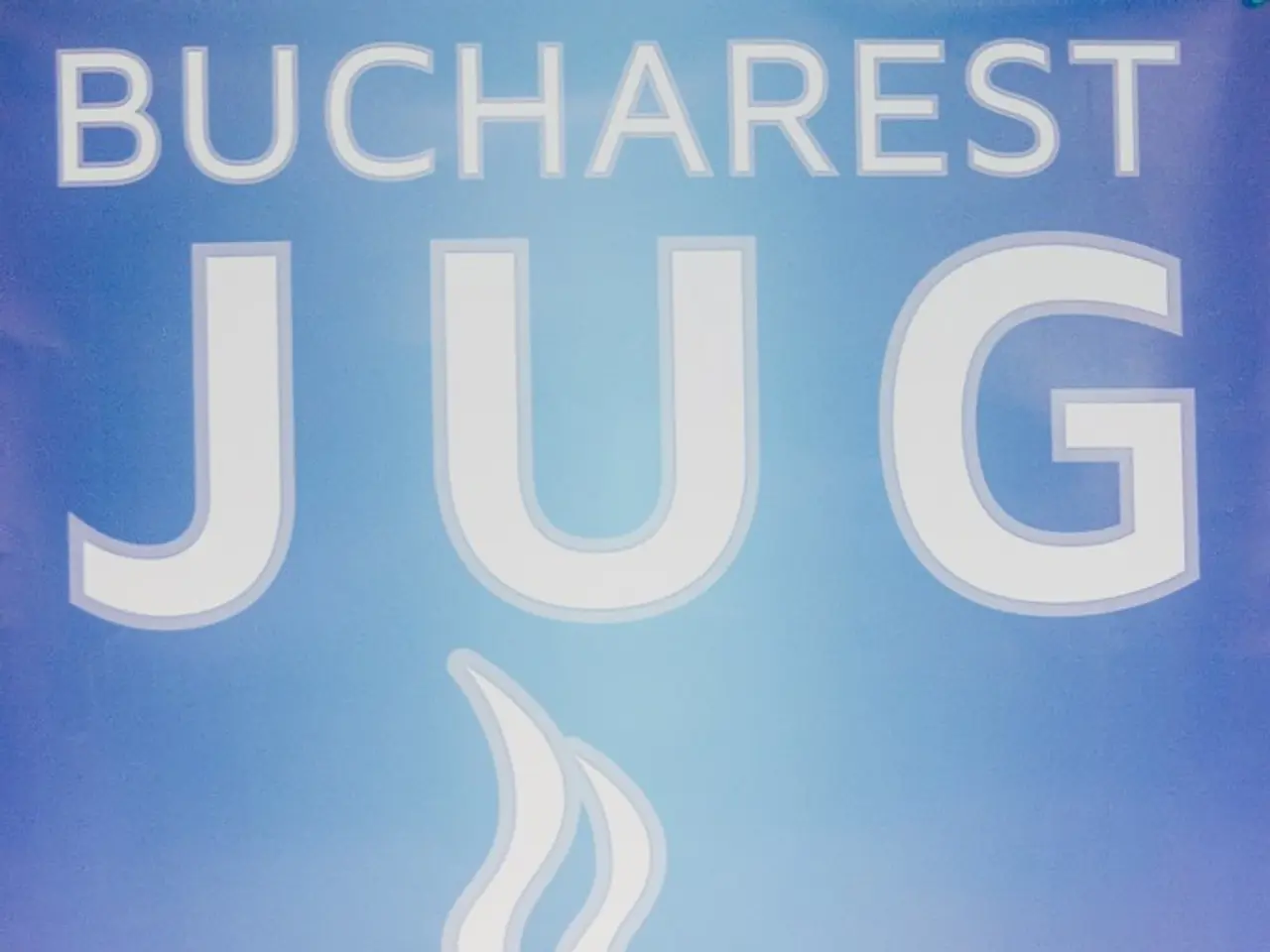The True Financial Implications of Transposing Your Business Model into a Franchise
For business owners looking to expand their operations rapidly, franchising can be an attractive option. However, aggressive franchising comes with significant financial implications and careful planning is essential.
Upfront Costs
A professionally designed website, essential in today's digital age, can cost between $10,000 and $15,000. Mini brochures, produced in a two- or three-fold format, might set you back around $5,000 in total. A more substantial full-sized, four-colour brochure could cost between $7,000 and $10,000 for design and an additional $10,000 for printing.
Legal and Quality Control Costs
Legal costs for franchising can vary, but may include retaining a franchise attorney, licensing agreements, trademarks, and state registration fees. To estimate costs, consider how aggressive you want to be with your franchise expansion program and start with legal and quality control costs. Quality control costs may include creating an operations manual to govern quality within the franchise system.
Capital Requirements
To franchise a business aggressively, such as rapidly developing multiple units, you typically need several million dollars in capital. For example, Papa John’s requires franchisees pursuing a minimum 20-unit development agreement to have at least $2.5 million in net worth and $1.5 million in liquid assets. The investment per unit for Papa John’s ranges approximately from $272,915 to $989,415, plus fees like franchise, royalty, and marketing contributions.
Single-unit franchise startup costs commonly range between $100,000 and $300,000 depending on the brand and scale. However, aggressively franchising multiple locations escalates total capital requirements considerably due to fees, real estate, equipment, and operating cash flow for each unit.
Ongoing Costs
Royalties, the percentage of sales paid to the franchisor, can have significant financial implications for both the franchisor and franchisee. An annual marketing budget of between $100,000 and $150,000 is not unrealistic for an aggressive franchise program. Hiring an executive recruiter to locate a top franchise salesperson can cost up to 25% of the first year's compensation.
Successful Franchising
Successful aggressive franchising demands not only significant upfront capital but also strong financial management. Many franchisees fund growth with a combination of personal savings, loans, and Small Business Administration (SBA) loans that offer favourable rates when supported by solid business plans and financial documentation.
It's important to note that undercapitalization is one of the most significant reasons franchising fails. A cash flow analysis should account for all hiring, marketing, legal, and development needs, as well as the inflow of franchise fees, royalties, and other sources of income.
The first priority of a franchisor should be to make their franchisee successful. Franchising is a method for business owners (franchisors) to expand their businesses using the money of other individuals (franchisees). Franchising your business is creating a new business, not extending your existing company. It allows franchisors to open franchises rapidly, but it is not a no-cost means of expansion.
In summary, aggressively franchising a business typically requires a multi-million dollar net worth combined with $1.5 million or more in liquid assets, particularly for established brands with high development commitments such as Papa John’s. Individual franchise units commonly require $100,000 to $1 million+ per location depending on size and brand.
- For a professionally designed website, the cost can range from $10,000 to $15,000, while mini brochures might cost around $5,000 and full-sized ones between $7,000 and $10,000 for design, with an additional $10,000 for printing.
- Legal costs for franchising could involve a franchise attorney, licensing agreements, trademarks, and state registration fees, with the total cost varying depending on the aggressiveness of the franchise expansion program.
- To franchise a business aggressively, such as rapidly developing multiple units, several million dollars in capital are typically required, and for example, Papa John’s requires at least $2.5 million in net worth and $1.5 million in liquid assets for franchisees pursuing a minimum 20-unit development agreement.
- Ongoing costs include royalties and an annual marketing budget of between $100,000 and $150,000 for an aggressive franchise program, as well as hiring expenses for top franchise salespeople.
- Successful aggressive franchising demands not only significant upfront capital but also strong financial management, with many franchisees funding growth through a combination of personal savings, loans, and Small Business Administration (SBA) loans.
- Undercapitalization is one of the most significant reasons franchising fails, and a cash flow analysis should account for all hiring, marketing, legal, and development needs, as well as the inflow of franchise fees, royalties, and other sources of income.
- Franchising a business allows business owners to expand their businesses using the money of other individuals, but it's not a no-cost means of expansion and requires careful planning, as it involves creating a new business, not extending an existing company.
